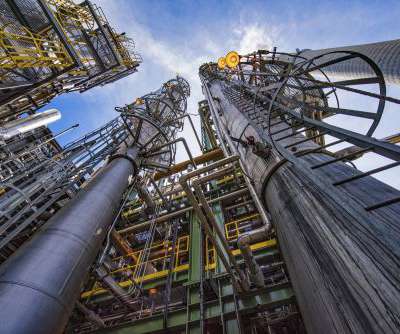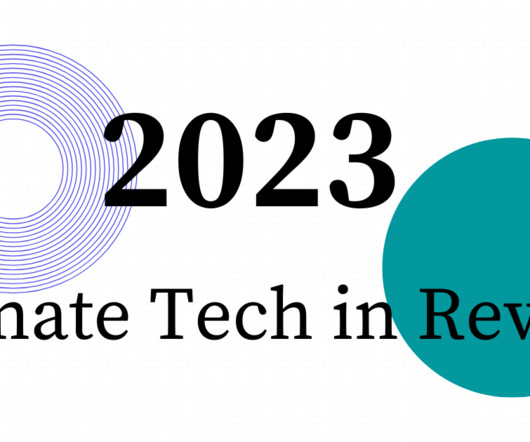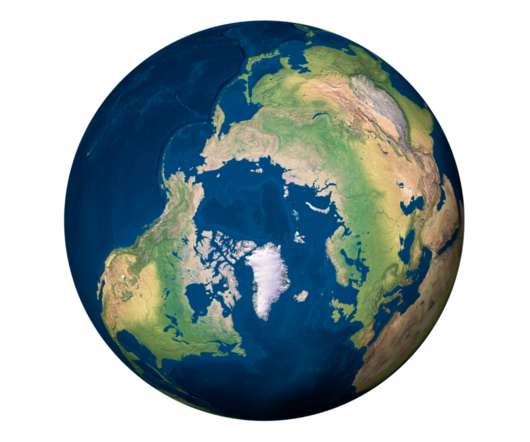Can Gas-Fired Power Plants Coexist with a Net-Zero Target? Yes, Southern Company Insists
GreenTechMedia
SEPTEMBER 23, 2020
utility can reach net-zero carbon emissions by 2050 while still keeping natural gas as a central part of its business, both to generate electricity and to sell to its customers. That includes a recommitment to reaching its 2030 goal of reducing carbon emissions below 50 percent of their 2007 levels, potentially ahead of schedule.















Let's personalize your content